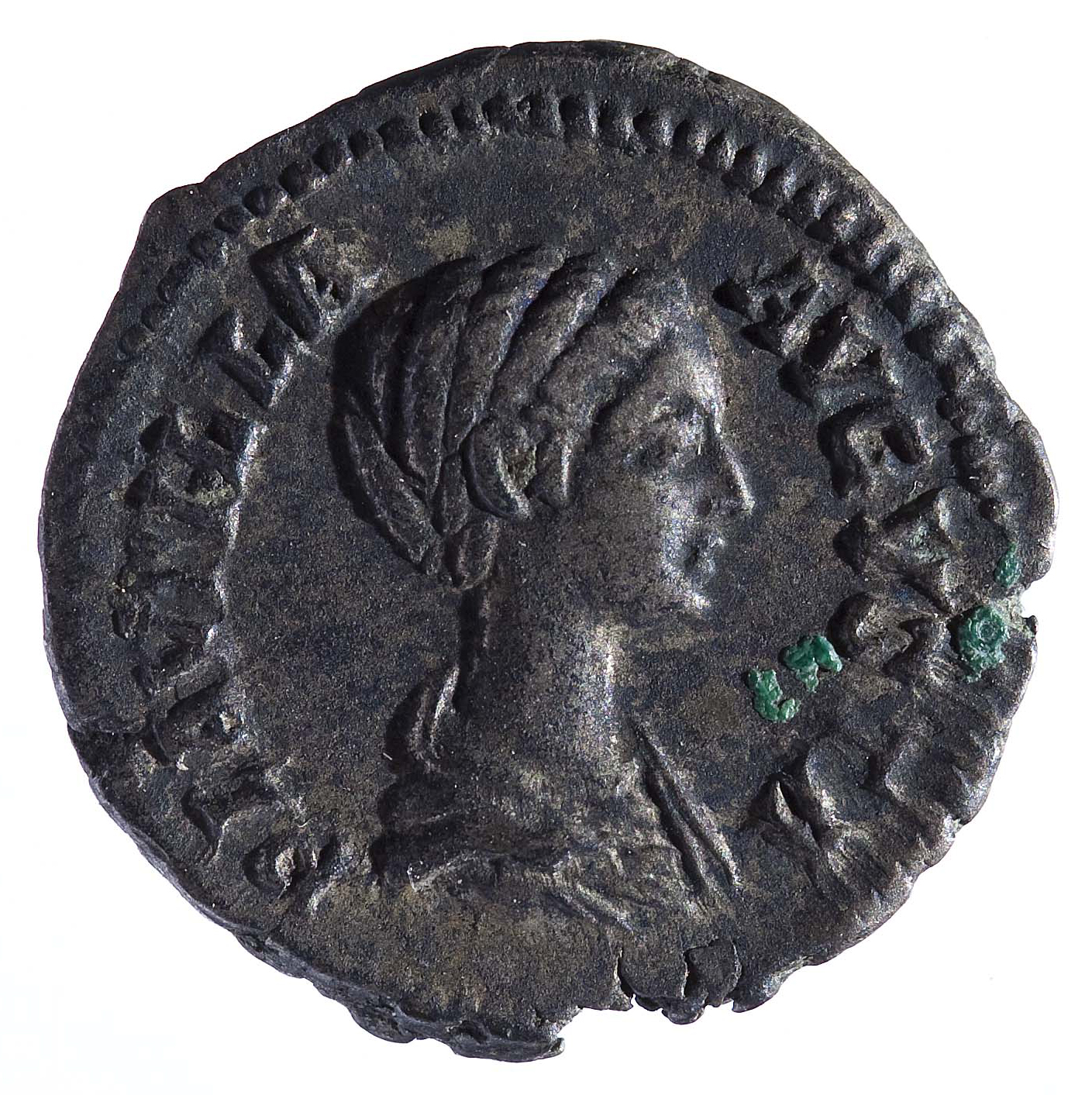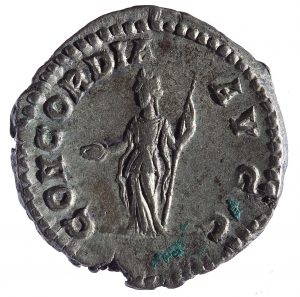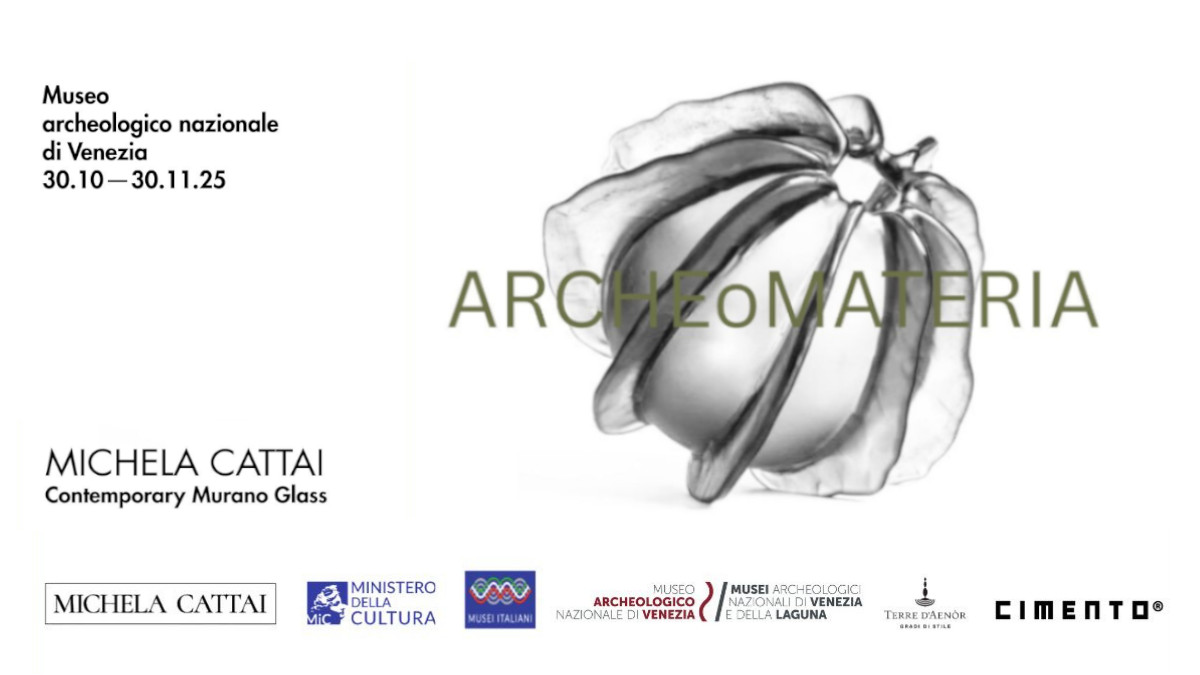
Dominae and fashion: Fulvia Plautilla, fleeting wonder at the court of Severi
After the rise of Septimius Severus and the end of the civil war, the new emperor had to surround himself with reliable men of undoubted loyalty. One of them was Gaius Fulvius Plautianus, relative of Severus and prefect of the praetorium starting from 197 AD, previously prefect of the brigade. Also originally from Leptis Magna, as Cassius Dio reports, the emperor granted him extensive powers, which he tried to increase by becoming related to the imperial family. Plauzian’s daughter, Fulvia Plautilla, was in fact designated as the wife of Caracalla, Severus’ eldest son: it was intended that this marriage would both lay the foundations for the continuity of the dynasty and strengthen Plauzian’s position.
Plautilla thus became a political instrument, seeing her destiny inextricably linked to that of her father, who was however well-liked by Severus alone.
The sumptuous wedding was celebrated in 202 AD although, as the epigraphic sources demonstrate, the young matron had already received the title of Augusta from her spousalia, which represents a completely exceptional and unique case. However, Caracalla, then a teenager but already associated with the throne since 198 AD, according to Herodian, immediately demonstrated hostility towards his wife, especially due to the hatred he felt towards the prefect. In addition to completely abandoning married life with Plautilla, in fact, once he became emperor, he threatened to kill her and Plautilanus, who knew everything through his daugther, who detested her husband. According to Cassius Dio, Caracalla, disgusted by his wife’s alleged immorality, anticipated his plans and Plautianus thus fell victim to a deception aimed at accusing him of conspiracy before Severus himself. According to Herodian, however, he was really plotting to foil his son-in-law’s plans. However, this resulted in his death in 205 AD, bringing Plautilla’s fate with it.
Exiled on the island of Lipari, the matron perhaps lived in hardship until 211 AD, when Caracalla, once he ascended to the throne, had her killed and condemned to damnatio memoriae.
Therefore, although Plautilla’s position at court was anything but solid, imperial propaganda widely exploited her image as a symbol of continuity of the Severian dynasty, spreading numerous types of portraits.
 This appears evident in the monetary production, of which an example is a silver denarius preserved in the museum’s medal collection (RIC IV/1, n. 363): minted in Rome between 202 and 205 AD, it shows the bust on the obverse draped right face of Plautilla, with legend PLAVTILLA AVGVSTA. On the reverse, Concordia is depicted standing on the left while holding a patera in her right hand and a long scepter in her left, accompanied by the legend CONCORDIA AVGG. The presence of the personification of Concord is not at all accidental: it was in fact necessary to communicate how Plautilla, through her marriage to Caracalla, would have completed the figure of sovereign, allowing dynastic consolidation; their marital harmony (expressed by the legend Concordia Augustorum) would have extended, as for a family, also to the empire and its subjects, favoring its stability.
This appears evident in the monetary production, of which an example is a silver denarius preserved in the museum’s medal collection (RIC IV/1, n. 363): minted in Rome between 202 and 205 AD, it shows the bust on the obverse draped right face of Plautilla, with legend PLAVTILLA AVGVSTA. On the reverse, Concordia is depicted standing on the left while holding a patera in her right hand and a long scepter in her left, accompanied by the legend CONCORDIA AVGG. The presence of the personification of Concord is not at all accidental: it was in fact necessary to communicate how Plautilla, through her marriage to Caracalla, would have completed the figure of sovereign, allowing dynastic consolidation; their marital harmony (expressed by the legend Concordia Augustorum) would have extended, as for a family, also to the empire and its subjects, favoring its stability.
The numismatic collections of the Archaeological Museum of Venice shows off the presence of several coins reproducing the profile of Plautilla with her rounded forehead, snub nose, protruding upper lip and chin. These include all five main types according to which the Augusta was depicted: quite a lot, considering her marriage lasted less than three years.
Plautilla’s hair always appears grouped and twisted in many bands that wrap around her head: at a younger age the typical hairstyle with longitudinal locks called “melon” (Melonenfrisur) prevails while the latest portraits show a hairstyle similar to that of her mother-in-law Julia Domna. However, it seems that Plautilla alternately used different hairstyles and the one depicted in this denarius is decidedly unique.
A band of hair gathered in a twist starts parallel to the forehead and proceeds in a spiral around the head, to be collected in a large bun at the top of the neck. The presence of a curl in front of the ears enriches these like his other hairstyles, except the later “helmet” one.
Despite her short and unfortunate parable, and despite the damnatio memoriae inflicted on her image, today we can discuss this Augusta extensively and know her figure in detail.
Michele Gatto
Patricia Caprino
Bibliography
Conesa Navarro P.D. 2020, Los retratos de Fulvia Plautilla: consideraciones en torno a un problema arqueológico. Un estudio preliminar, in J. M. Noguera Celdrán, L. R. Molina (eds.), Escultura romana en Hispania IX, Acts of the International Conference in Yecla (27-29 March 2019), 83-98.
Conesa Navarro P.D. 2021, Estudio de un denario de Fulvia Plautilla dedicado a Venus Victrix conservado en el Museo Arqueológico Municipal de Lorca, in “Alberca” 19, 43-56.
Galimberti A. 2021, False notizie e circolazione delle informazioni nella Storia dell’impero dopo Marco di Erodiano, in “Ktèma: civilisations de l’Orient, de la Grèce et de Rome antiques” 46, 127-138.
González Fernández R., Conesa Navarro P.D. 2018, Fulvia Plautilla, sponsa Antonini Augusti et iam Augusta nuncupata. Política dinástica del emperador Septimio Severo, in “Latomus” 77, 671-693.
Günther E. 2017, Femaleness matters: identity and identification processes in the Severan dynasty, in “Marburger Beiträge zur antiken Handels-, Wirtschafts- und Sozialgeschichte” 34, 113-168.
Nodelman S. 1982, A portrait of the empress Plautilla, in “The J. Paul Getty Museum Journal” 10, 105-120.
RIC IV/1 = H. Mattingly, E.A. Sydenham, Pertinax to Geta, London, 1962.




